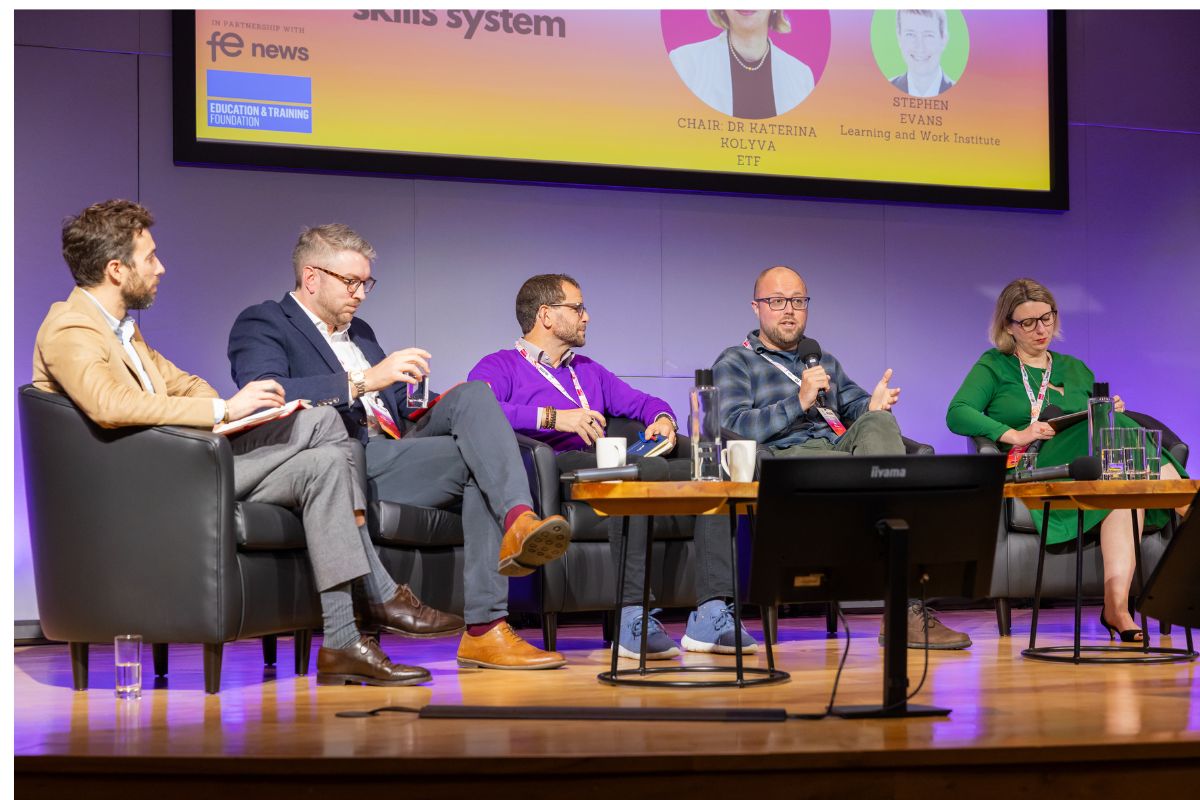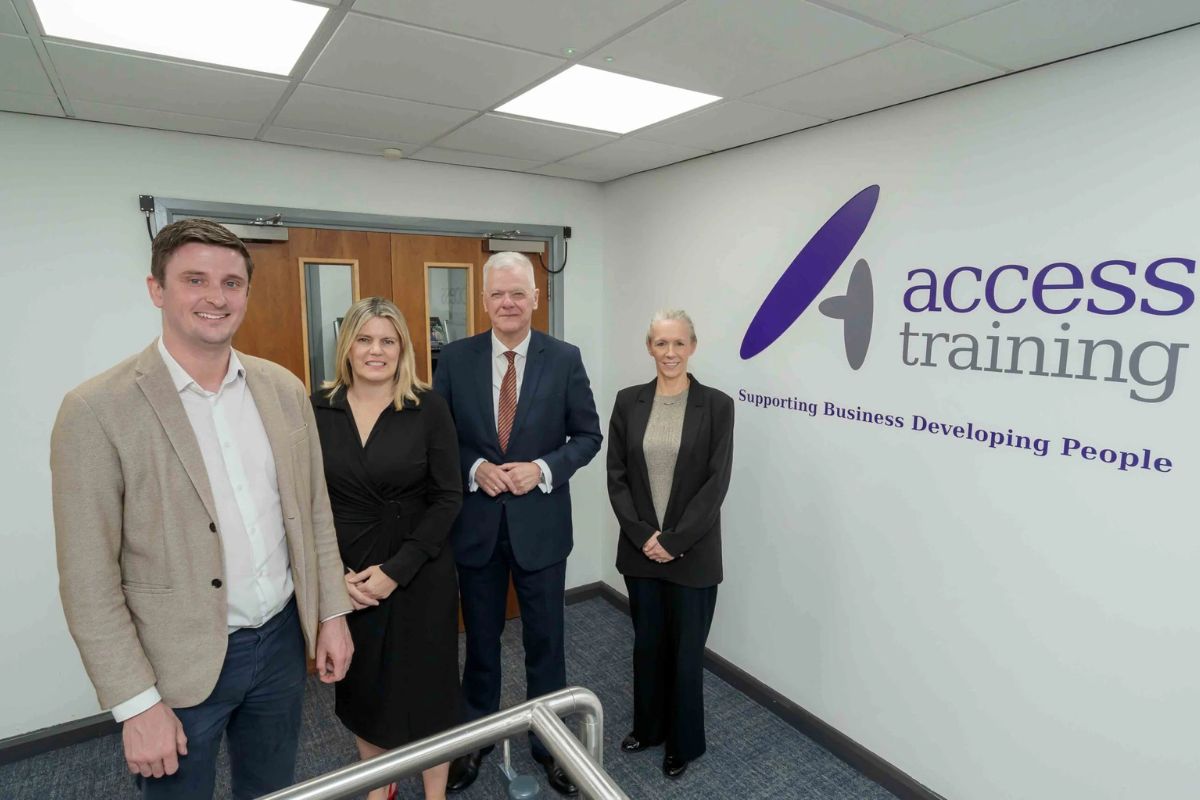From Office to Home: The Evolution of Work Environments

In recent years, remote and hybrid working has meant a fundamental shift in the way we approach work. Against this backdrop, Legal & General’s survey, which was distributed to over 2,000 full-time office workers in the UK, sheds light on how the cost-of-living crisis is influencing remote work preferences and decisions.
The current state of working
The majority (59%) of office workers believe they are more productive working in the office than at home. Suggesting that many find the office a good environment to maintain structure.
75% have also embraced the newfound flexibility in their work arrangements. Opting to work from home at least some of the time. This reflects a significant shift in working habits since pre-COVID times. Where less than half of office workers (45%) reported being able to WFH at least once a week.
The work from home capital
Where you live makes a difference. Manchester is the leading city for remote work, averaging 2.53 work-from-home days per week.
Followed by Southampton, claiming the second spot with an average of 2.51 days, then by Edinburgh (2.49 days). In contrast, Norwich had the lowest average WFH days, at only 1.7 days a week.
How the remote landscape differs
Across industries, the survey also highlighted differences in working habits. IT and finance/accounting have seen a dramatic increase in remote work. 58% of these workers were remote before COVID, compared to 90% today.
Job role and generational differences
In general, older workers are less likely to work from home. The survey found that 85% of 18–24-year-olds work from home at least sometimes, compared to 62% of people aged over 55. Business owners told us they work an average of 3.16 WFH days per week, whereas entry-level respondents reported an average of 1.66 WFH days.
Results also show that the lower the level of seniority, the stronger the preference for office working. 47% of entry-level respondents prefer to work in the office, compared with 22% of business owners and C-level executives.
The cost of returning
The return to the office is not uniform. 61% of respondents reported being asked to come into the office more in recent months. With 29% saying this comeback is heavily monitored and 32% saying it is encouraged but not enforced.
60% of those polled expressed they would consider changing roles if required to return to the office full-time.
The appeal of remote working is underscored by several reasons. Respondents cite saving time on commuting (73%), saving money (72%), and more flexibility (71%) as the top ones. To add to this, as the cost-of-living crisis continues to impact many Brits, 55% of respondents said the increasing financial pressures have impacted how regularly they can commute to the office.
Paula Llewellyn, CMO and Managing Director at Legal and General Retail comments:
“The pandemic threw everyone in the deep end with remote work. Anecdotally, we’ve seen people enjoy the positive impacts on their work life balance. However, on the other side, we’ve also heard stories of people feeling more isolated.
“Water cooler moments are key to any work culture. But they aren’t always as easy or organic through a computer screen. As the research shows, this is even more important for those starting their careers. Being able to build networks face to face is one of the best ways to upskill and progress.
“Many see the advantages of going into the office, but most also enjoy the freedom of remote work. It’s a balance, not only for the individual but also the businesses they work for. As how we work evolves, the future will likely see hybrid models, blending office working with remote flexibility. This approach gives employees the best of both worlds. While helping businesses to focus on productivity and wellbeing.”











Responses